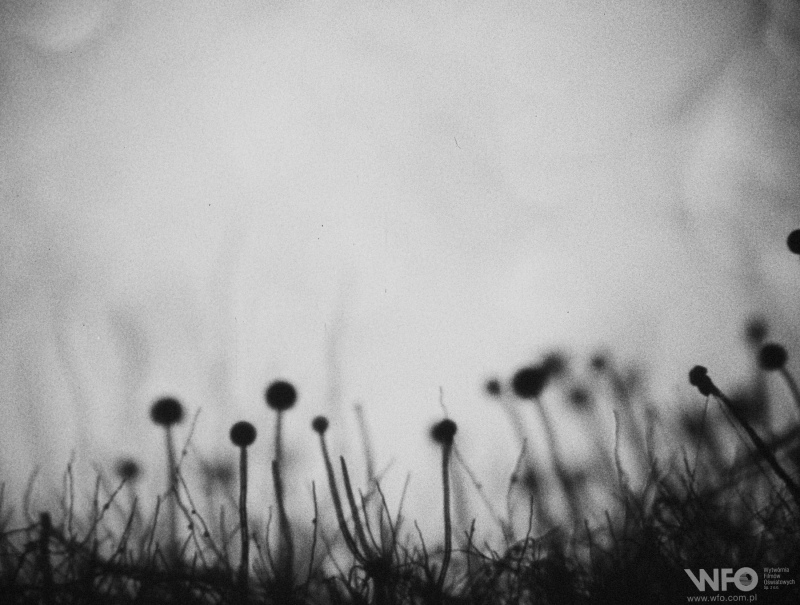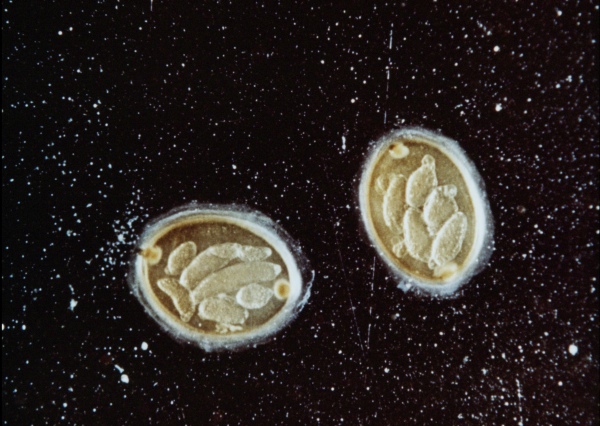Polish biology films by the Educational Film Studio – part 2
as part of Life is Motion film review
-
Polish biology films by the Educational Film Studio – part 2
-
The second set will show the variety of biological films produced by the Educational Film Studio, which, apart from Karol Marczak, included Aleksandra Jaskólska, Stanisław Kokesz, Wanda Rollny, Józef Arkusz and others. Those – now forgotten – filmmakers often devoted their entire careers to educational films. Their work, although created for educational purposes, very consciously refer to art and film avant-garde. They achieve scientific and educational value through a variety of sometimes experimental artistic techniques, be it the stunning black-and-white microscopic cinematography in From the World of Mould or the jazzy editing in Ant Trails.
-
- See how a “biomanipulator” worked, how beautiful mycelium looks and what a work of art the human heart is!
- Bioelectricity
- directed by Wanda Rollny, 1968, 10’
- The film shows the achievements of Polish scientists in the field of bioelectricity.
- directed by Wanda Rollny, 1968, 10’
- Heart functions
- directed by Józef Arkusz, Witold Powada, 1966, 10’
- The film discusses the anatomy of the heart.
- directed by Józef Arkusz, Witold Powada, 1966, 10’
- From the World of Mould
- produced by Józef Arkusz, 1960, 10’
- Using the example of the Aspergillus niger mould, we observe culture and spore formation. Microscope photographs show the structure and reproduction of mould, whose properties are used in the production of citric acid.
- produced by Józef Arkusz, 1960, 10’
- Tardigrades
- produced by Aleksandra Jaskólska, 1968, 11’
- Tardigrades, one-millimetre-sized animals, have remarkable adaptation skills. When in suspended animation, they can withstand temperatures of both minus 185°C (liquid nitrogen) and plus 94°C, a complete lack of oxygen and poisons that are lethal to other animals. After such experiences, which we see in the film, when in contact with moisture, tardigrades resume normal life even after 100 years!
- produced by Aleksandra Jaskólska, 1968, 11’
- Fungi
- directed by Marta and Karol Marczak, 1950, 16’
- There are plenty of fungi in this film: hydnum, clavaria, boletus, leccinum, shaggy mane and mica cup, and, of the parasites, suillus bovinus or polypores. All of them form spores on the underside of the fruiting bodies, which germinate into a mycelium. The resulting mycelium spreads widely in the soil. Slow-motion and trick photography give a detailed insight into the process of the reproduction of fungi.
- directed by Marta and Karol Marczak, 1950, 16’
- Smallest Predators
- produced by Bolesław Bączyński, 1964, 11’
- A film about predators in a drop of water that shows a fragment of a microcosm.
- produced by Bolesław Bączyński, 1964, 11’
- Ant Trails
- produced by Stanisław Kokesz, 1956, 13’
- Even though 60 years have passed since its production, this unusual, precisely told and photographed dramatic story about the surprising customs of ant communities still arouses strong emotions. The main protagonist is a particular species of these insects known as the Amazon ant (Polyergus rufescens), which in the ant world is the equivalent of the rogue hordes of Attila the Hun. The raids of the Amazon ant army on the nests of milder species of ants resemble the greatest battle scenes, only that in this case the fight is literally to the death. The drama of the film images is emphasised by the music of the famous jazzman Jerzy “Duduś” Matuszkiewicz, composed specifically for the film and performed by Krzysztof Komeda’s sextet.
- produced by Stanisław Kokesz, 1956, 13’




